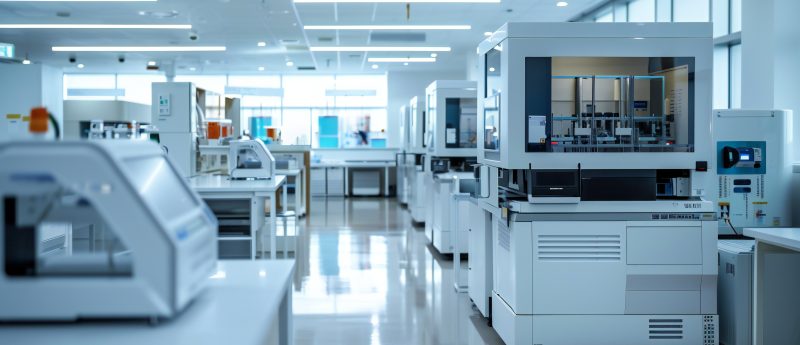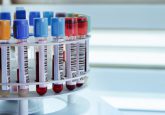New MS method of estrogen detection developed

A collaborative effort between departments at the University of Texas at Arlington (TX, USA) has given rise to a new method of detection for trace amounts of estrogen in small samples. The researchers behind the new technology believe that it may have the potential to improve research into a number of diseases, including cancer.
Until now, scientists have frequently found it challenging to detect estrogen present in very small amounts in blood and other biological fluids. The hormone has been linked to a number of biological processes, from tumor growth to neuron loss associated with Alzheimer’s disease. Therefore, there is a need among health researchers for an accurate and sensitive estrogen detection system.
The team at the University of Texas at Arlington, comprising researchers from the Shimadzu Institute for Research Technologies and the Department of Chemistry and Biochemistry, sought to meet this need by developing advanced MS and chromatography instrumentation. The new method facilitates detection of estrogen at less than 10 parts per trillion in a 100 μl sample.
“This new method pushes the detection limit for estrogens to a level that is applicable to research, human health, medicine, and environmental analysis. It is being instituted as a routine service for research means that all researchers now have the capability to more closely relate research model findings to human health and physiology,” commented Jose Barrera, a member of the team behind the work and director of the Shimadzu Institute.
The developers of the new method have suggested that their technology is faster and more reliable than existing estrogen detection methods, which typically rely on antibodies, with sample preparation and measurements completed in less than 25 minutes.
Jana Beinhauer, a visiting scientist from Palacký University (Olomouc, Czech Republic) who contributed to the development, described the scope of the technology: “The metabolically active estrogens exert strong biological activities at very low circulating concentrations. Therefore this research is very important for finding sensitive, efficient, fast, automated and simple method how to determine the trace estrogens in serum.”
Source: More efficient, sensitive estrogen detection developed at UT Arlington’s Shimadzu Institute.






